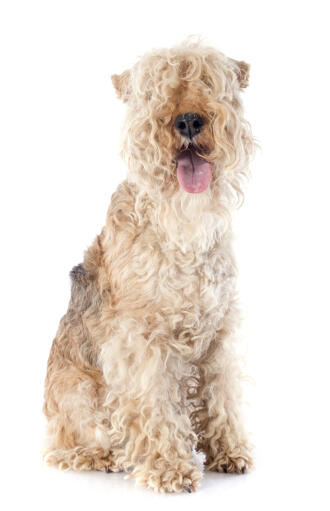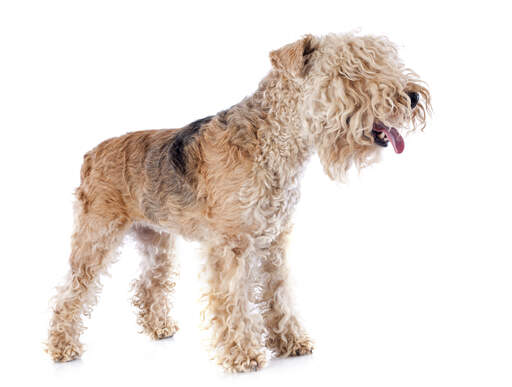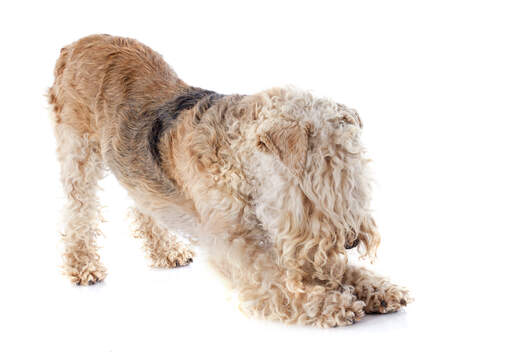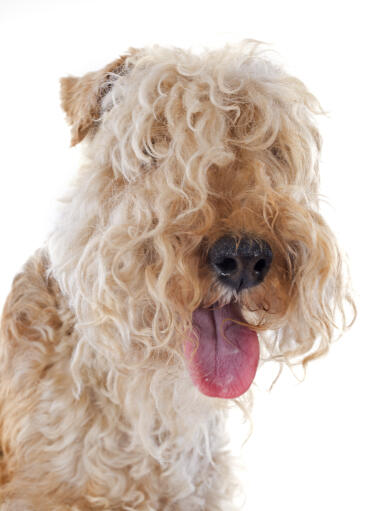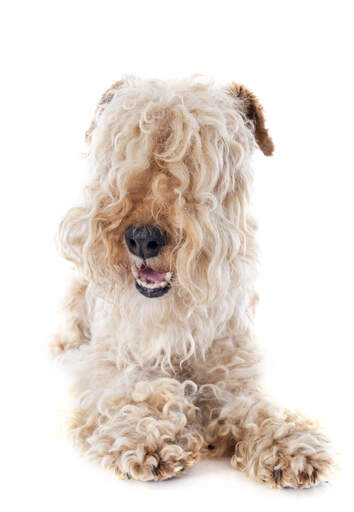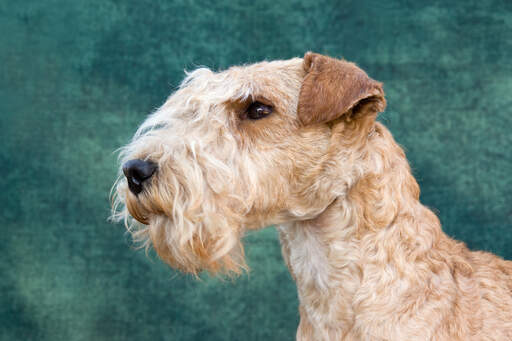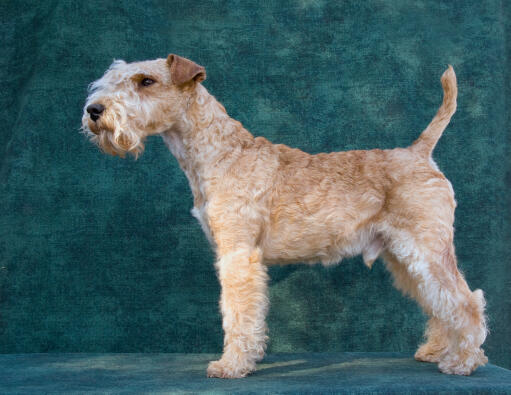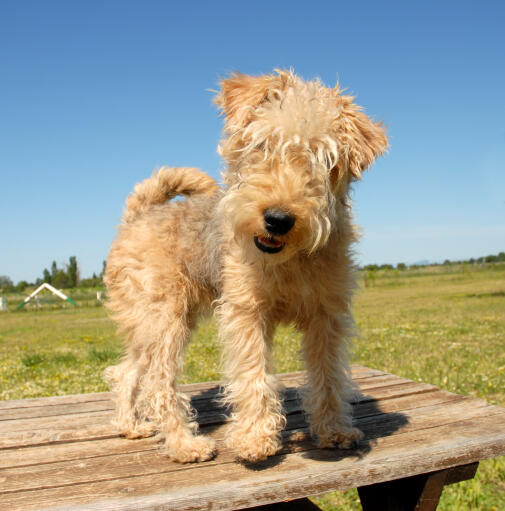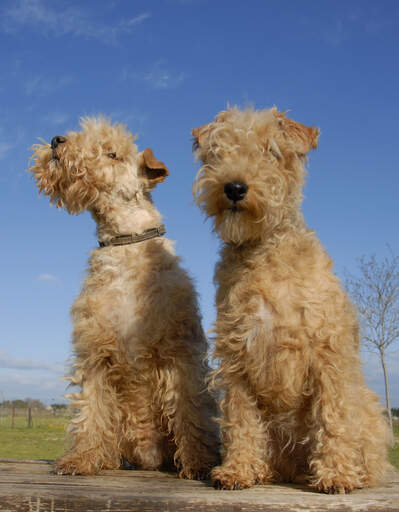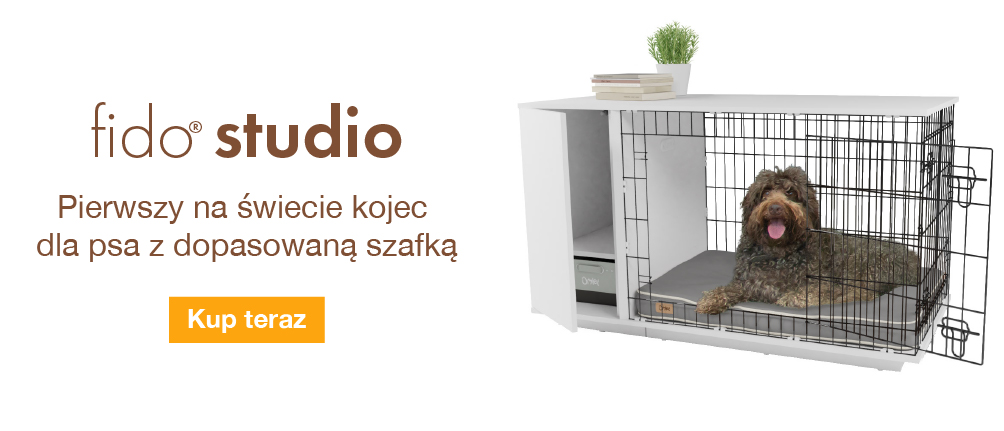Lakeland Terrier Dogs









Historia i wygląd
The Lakeland, or Lakie, originates from the Lake District area of England and was used to kill foxes that preyed on new born lambs. Their exact origin is unknown, but they are closely related to the Border Terrier, Bedlington Terrier and Fox Terrier but they were ideal for going to ground and killing foxes. They are athletic and able to chase vermin over the steep hills in their home county. They were recognised by the Kennel Club in 1921 and soon had a large following in the show circuit. Being kept as pets has only ever been moderate, but they have won more awards in the show ring than any other breed.
Zachowanie i hodowla
Lakies are bold, friendly and confident dogs. They love being around their family and are very good with children and other dogs if bought up with them. They are inquisitive and will always bark when someone is at the door, making them good watch dogs. With strangers, they can be reserved, but with early socialisation this can be overcome. They are rarely aggressive towards people, but can be with strange dogs. They won't usually start a fight, but will never back down if they feel threatened. Their bravery can get them in to trouble, so they need socialisation from an early age and need to learn that other dogs are not a threat to them. Lakies need to run, explore and chase, it keeps them mentally happy and physically tires them out. They are a true Terrier at heart and will chase rabbits, squirrels and that plastic bag blowing in the wind. They run after everything. This can include your neighbours cat, so caution is advised. They will ignore your calls if something more interesting is on the cards. Best walked in a secure area or on a long lead. Lakelands need consistent and firm training, but you will need an awful lot of patience as they are stubborn. They are clever and independent and will often just ignore you. Training sessions should be kept short and fun, using play and positive reinforcement techniques to get the best out of them. They can be food/possession aggressive, so early training is important. They don't like harsh words and can sometimes rebel by growling back at you. Firm, fair training is best. They have a lot of energy and need a moderate amount of daily exercise. They love to run, so a fenced area where they can be free will make them happy. Any holes in the fence will be found, so keep a close eye on them; their body is designed for squeezing down fox holes. Once they've had a walk, they are very content and will happily cuddle up to you on the sofa.
Their coat need brushing a couple of times a week and clipping a few times a year (stripping for show dogs). They suffer few major health concerns, but lens luxation and other eye related conditions are more common.
Temperament
The Lakeland Terrie possesses a cocky and workman like temperament. They love to run, chase and hunt which means that any small animals that run from a Lakeland are likely to ignite his prey drive and meet a swift end.
Better with other dogs than many other terriers the Lakeland still holds a never back down attitude so a careful eye is needed when socialising this breed. The Lakeland needs a confident owner who can train him well or else risk having an independent and mischievious dog.
Problemy ze zdrowiem
Health problems that may affect Lakeland Terriers include Legg–Calvé–Perthes (breakdown of the femoral head which can cause lameness and joint swelling), allergies, cataracts, lens luxation (detatchment of lens inside eyeball which can cause blindness), hypothyroidism and blood clotting disease.
Informacje o rasie
- Status: Rasa powszechnie spotykana
- Długość życia: 12 - 16 years
- Waga: 7 - 8 kg
- Wysokość: 13 - 14.5"
- Bardzo rzadka rasa.: Tak
- Sierść: M
- Wymagania co do sierści: Częściej niż raz w tygodniu
- Miasto lub gmina: Either
- Minimalny rozmiar domu: Mały dom
- Minimalny rozmiar ogrodu: Mały lub średni ogród
- Typ rasy: Pies na szkodniki
- Rozmiar: M
- Poziom energii: wysoki
- Wymagane ćwiczenia: do 1 godziny

